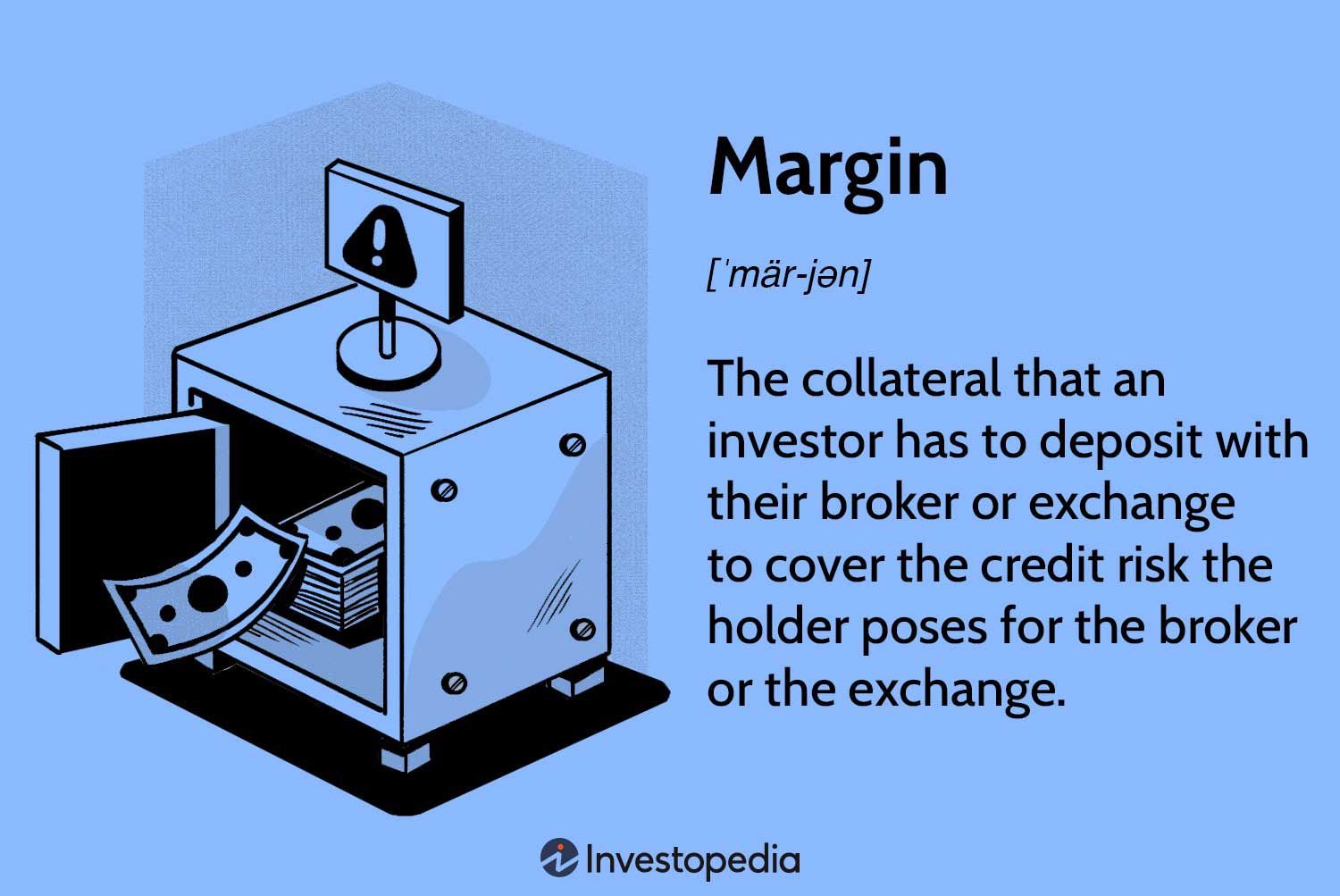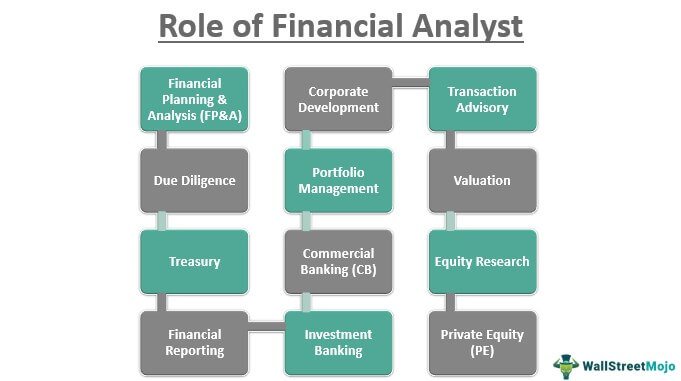Buying on margin may seem like a complex concept, but it’s actually quite straightforward. In simple terms, buying on margin refers to borrowing money from your broker to purchase securities such as stocks or bonds. This allows you to invest more than you currently have in your trading account. By understanding the concept of buying on margin, you can potentially amplify your gains, but it also carries additional risks. In this article, we will delve into the details of buying on margin, explore its benefits and drawbacks, and provide you with the knowledge needed to navigate this investment strategy effectively. So, let’s dive right in!
Understanding the Concept of Buying on Margin
What is Buying on Margin?
Buying on margin is a common practice in the financial markets where an investor borrows funds from a broker or a brokerage firm to purchase securities, such as stocks or bonds. It allows investors to amplify their potential returns by using borrowed money to increase their purchasing power. This practice is commonly used by experienced traders and investors who are willing to take on additional risk in pursuit of higher profits.
How Does Buying on Margin Work?
When an investor wants to buy securities on margin, they typically need to open a margin account with a brokerage firm. The margin account acts as collateral against the borrowed funds, and the investor must maintain a certain level of equity in the account to meet the broker’s margin requirements. The equity is the investor’s own capital in the account.
Once the margin account is established, the investor can place orders to buy securities. However, instead of using only their own funds, they can borrow a portion of the purchase price from the brokerage firm. The amount that can be borrowed is determined by the initial margin requirement set by the broker, which is usually a percentage of the total amount of the securities being purchased.
For example, if the initial margin requirement is set at 50%, an investor can buy securities worth $10,000 with only $5,000 of their own funds, borrowing the remaining $5,000 from the broker. This leverage allows the investor to control a larger position in the market than they would be able to with their own capital alone.
The Advantages of Buying on Margin
Buying on margin offers several advantages to investors who are looking to maximize their potential returns.
1. Increased Buying Power: By borrowing funds, investors can control larger positions in the market than they would be able to with their own capital alone. This amplifies their potential profits if the market moves in their favor.
2. Leveraged Returns: If the price of the securities purchased on margin increases, the investor’s returns are magnified due to the borrowed funds. This can lead to higher profits compared to using only their own funds.
3. Diversification Opportunities: With the increased buying power provided by margin trading, investors have the ability to diversify their investment portfolio and spread their risk across multiple securities or asset classes.
4. Short Selling: Margin accounts also enable investors to engage in short selling, where they sell borrowed securities with the expectation of buying them back at a lower price in the future. This can be a valuable strategy in bearish market conditions.
The Risks of Buying on Margin
While buying on margin can offer attractive benefits, it also carries significant risks that investors should carefully consider.
1. Margin Calls: If the value of the securities in a margin account declines significantly, the investor may be required to deposit additional funds to meet the broker’s margin requirements. Failure to do so can result in a margin call, where the broker may sell the securities in the account to recover the borrowed funds. This can lead to considerable losses for the investor.
2. Loss Amplification: The same leverage that magnifies profits during market upswings can also amplify losses during market downturns. If the price of the securities purchased on margin decreases, the investor not only suffers the loss on their own funds but also the losses on the borrowed funds.
3. Interest Costs: Borrowing funds from a brokerage firm to buy securities on margin incurs interest charges. These costs can eat into the investor’s returns and potentially outweigh the gains made from the leveraged position.
4. Market Volatility: Margin trading exposes investors to increased market risk due to the higher investment exposure. Sudden market fluctuations can lead to substantial losses, especially if the investor is unable to react quickly.
5. Complex Strategies: Margin trading requires a good understanding of the financial markets and investment strategies. It is not recommended for inexperienced investors who may not fully comprehend the risks involved.
Margin Requirements and Regulations
Margin accounts and margin requirements are subject to regulations set by regulatory authorities to protect investors and maintain market stability.
1. Initial Margin Requirement: The initial margin requirement is the minimum amount of equity that an investor must have in their margin account to place a trade. It is typically expressed as a percentage of the total value of the securities being purchased.
2. Maintenance Margin Requirement: The maintenance margin requirement is the minimum level of equity that must be maintained in a margin account. If the equity falls below this level due to market movements, the investor may receive a margin call to deposit additional funds.
3. Regulation T: In the United States, the Federal Reserve Board’s Regulation T sets the initial margin requirement at 50% for stocks, meaning investors must have at least 50% of the total purchase price as equity in their margin accounts.
4. Broker-Specific Requirements: Brokerage firms may set their own margin requirements, which can vary based on factors such as the type of security being traded, the market conditions, and the investor’s trading experience. It is essential for investors to understand and comply with their broker’s specific margin requirements.
Buying on margin can be a powerful tool for experienced investors to maximize their potential returns. It offers increased buying power, leveraged returns, and the ability to diversify investments. However, it is crucial for investors to fully understand the risks associated with margin trading, including margin calls, loss amplification, interest costs, market volatility, and the need for complex strategies. Compliance with margin requirements and regulations is also essential to avoid potential pitfalls. Ultimately, buying on margin requires careful consideration and should only be undertaken by investors who have a solid understanding of the markets and a tolerance for increased risk.
What is Margin | Margin Call Explained
Frequently Asked Questions
Understanding the Concept of Buying on Margin
Frequently Asked Questions (FAQs)
What is buying on margin?
Buying on margin refers to the practice of borrowing funds from a broker to purchase securities, such as stocks or bonds. It allows investors to leverage their investments and potentially increase their returns.
How does buying on margin work?
When buying on margin, an investor pays a portion of the investment’s value, typically around 50%, and borrows the rest from a broker. This borrowed amount is the margin. The investor is required to repay the borrowed funds with interest.
What are the advantages of buying on margin?
Buying on margin can amplify potential profits since the investor is controlling a larger amount of securities than they could afford without leverage. It allows them to take advantage of investment opportunities they might not otherwise be able to access.
What are the risks associated with buying on margin?
While buying on margin can lead to bigger profits, it also increases the potential for losses. If the value of the investment decreases, the investor may need to add more funds to the margin account to meet margin requirements. Failure to do so could result in the broker selling off the securities.
How is margin interest calculated?
Margin interest is calculated based on the amount borrowed and the interest rate set by the broker. It is typically charged daily and added to the borrower’s account. The calculation formula varies among brokers, so it’s essential to understand the specific terms and rates before engaging in margin trading.
What are margin requirements?
Margin requirements are the minimum amount of equity an investor must maintain in their margin account. These requirements are set by regulatory bodies and brokers to ensure that investors have sufficient funds to cover potential losses.
Can I use margin for any investment?
Not all securities are eligible for margin trading. Brokers may have specific criteria for the types of securities that can be bought on margin. It’s important to check with your broker to understand which securities are eligible.
What factors should I consider before buying on margin?
Before buying on margin, it is crucial to consider your risk tolerance, financial situation, and investment goals. Margin trading involves higher risks compared to traditional investing, so it’s important to have a solid understanding of the market and a well-thought-out investment strategy.
Note: The provided information is for general knowledge purposes only and should not be considered as financial advice. It is recommended to consult with a financial advisor or broker to understand the specific rules and risks associated with margin trading.
Final Thoughts
Buying on margin is a concept that allows investors to borrow funds from a broker to purchase securities. This strategy can offer the opportunity for higher returns but also comes with increased risks. By understanding the concept of buying on margin, investors can take advantage of leverage to amplify their gains, but they must also be prepared for potential losses. It is important to carefully consider the risks, maintain sufficient account equity, and have a solid understanding of the market before engaging in margin trading. So, understanding the concept of buying on margin is crucial for investors to make informed decisions and manage their financial portfolios effectively.



